5 Best Synths for the Stage
Take it to the stage with these performance-focused synthesizers.
Need some keys for your next gig? These five best synths for the stage will elevate your performance. And they’re relatively affordable too!
Best Synths for the Stage
Not every synth nut is a studio rat. Some actually get out into the world and play live. For those who like to take it to the stage, you need synthesizers that can work well in a live performance environment.
What that entails, however, depends on the musician. Some are virtuoso players and will need a solid keybed and playable bread and butter sounds. Others will be going the synth lord route, and so need an instrument with a full, rich sound. Genre can make a difference too. Someone playing bass keys in a funk band is going to have very different needs than an indie rock keyboardist.
Keeping all of this in mind, I’ve assembled a list of the five best synths for the stage that are currently on the market today. Many of these are fairly affordable as well. I’ve avoided arrangers and stage pianos as well as workstations. Some of these may be controversial picks but keep an open mind. And if you really hate what I’ve chosen, the comments section is right down at the bottom just waiting for you.
Best Synths for the Stage: Clavia Nord Lead A1
Clavia’s original Nord Lead helped ignite the popularity of virtual analog as an alternative to analog. Now 30 years later, the Nord Lead A1 continues the tradition of a powerful VA synth with quality controls. It also offers a number of performance functions that make it an excellent choice for live work.
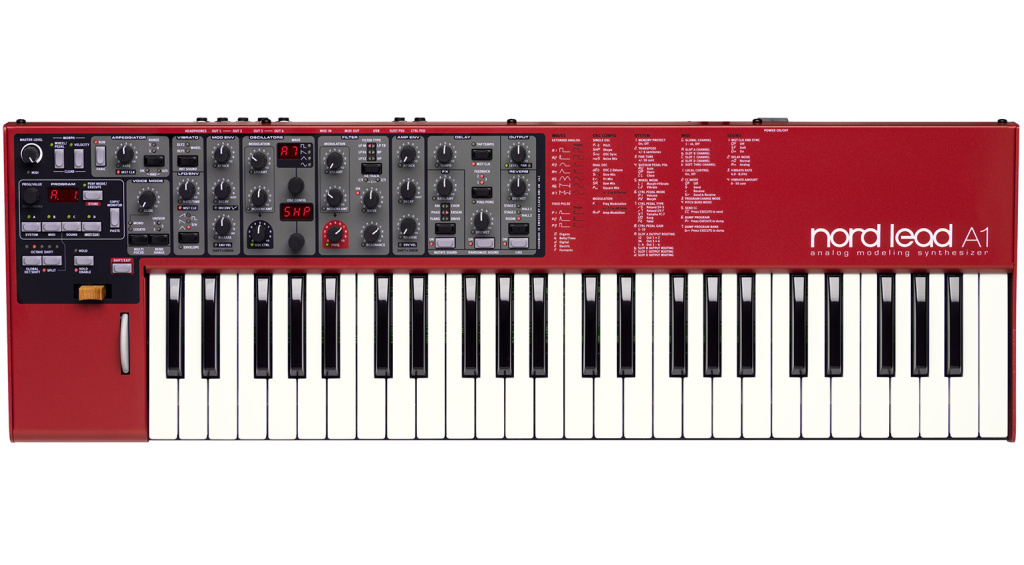
On the synthesis side, you get two oscillators, each capable of generating 47 different waveforms, from classic VA shapes to digital-style tones. The filter section contains both 12dB and 24dB/Oct lowpass filters as well as high- and bandpass filters, with emulations of both the Moog ladder and TB-303 diode circuits. You also get the usual complement of modulation and effects for a full and satisfying sound.
Performance-wise, the Nord Lead A1 is four-part multitimbral. With 26 voices of polyphony, that gives you eight voices of four-layer, deeply stacked sounds or a variety of splits. The Master Clock function allows you to sync all rhythmic elements like LFOs and arpeggiator together, with a tap tempo button to trigger it, useful for adjusting tempo to a live drummer.

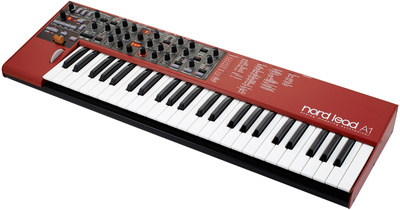
- Clavia Nord Lead A1 product page
Best Synths for the Stage: Roland Juno-D8
The latest entry to Roland’s long-running and very popular Juno-D series of stage synthesizers, the new Juno-D models were designed from the ground up especially for live performance. They’re also ideal for keyboardists who don’t know much about synthesizers, or those who just need access to good sounds quickly.
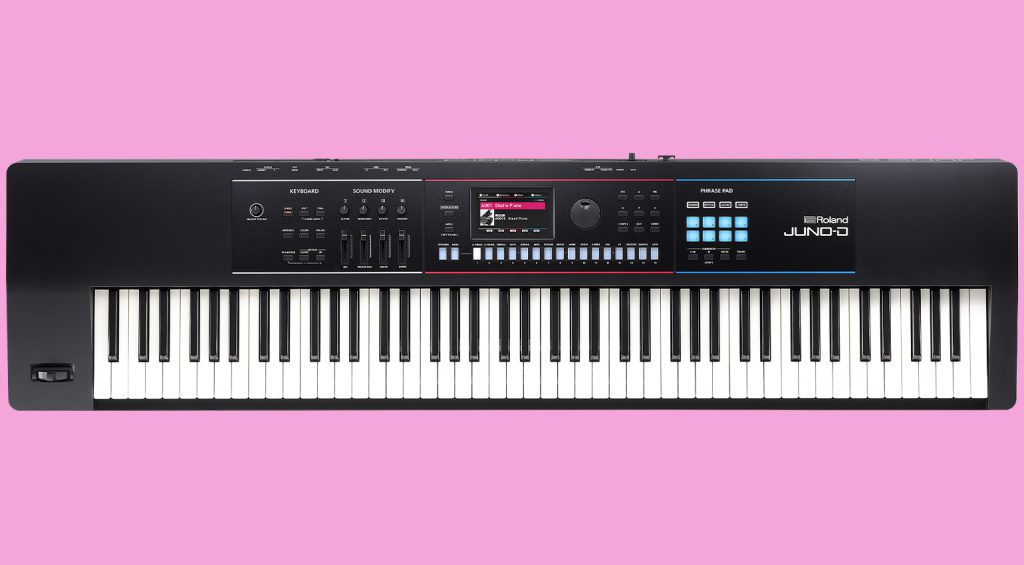
The synthesis engine in the new Juno-D models is based around Roland’s ZEN-Core sound engine, which you can find in the flagship FANTOM workstation synths. Roland tuned the sounds in the Juno-D instruments to cut through onstage right, meaning you don’t need to mess with the presets too much. Unless you want to, of course.
I’m recommending the Juno-D8, as its has a full, 88-key keyboard with weighted keys and hammer action, making it one of the best synths for the stage. If you don’t need so many blacks and whites, there are also versions with 61 (Juno-D6) and 76 (Juno-D7) synth action keys.

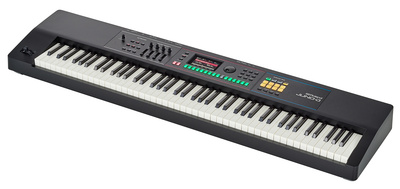

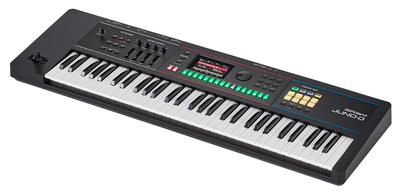

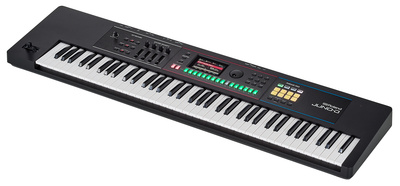
- Roland Juno-D8 product page
Best Synths for the Stage: Arturia AstroLab
AstroLab from Arturia is a strange beast indeed. Many have wondered just what the company was thinking when they made their so-called “avant-garde stage piano.” But for the right musician, this could be all of their synth performance dreams come true.
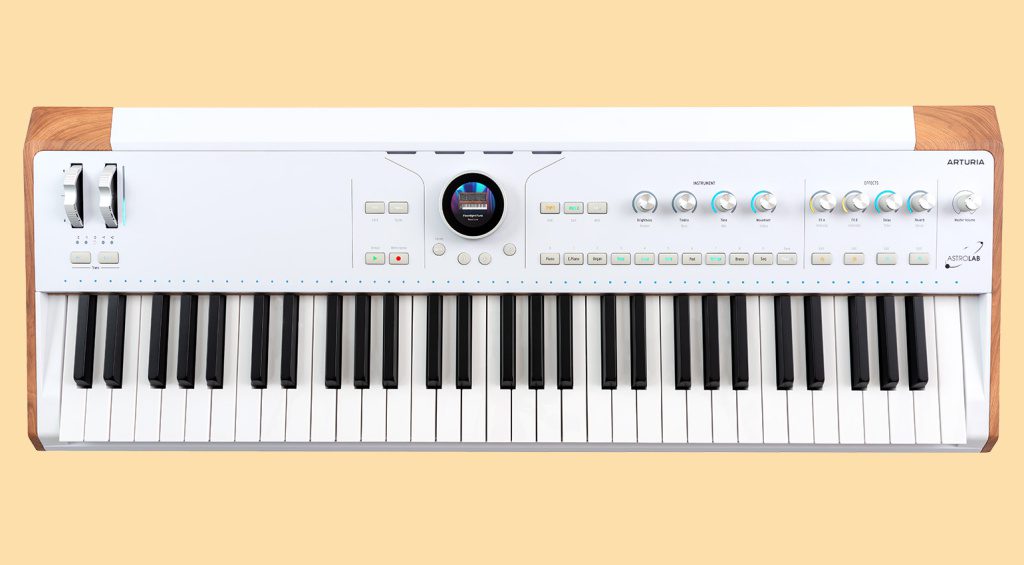
What’s so contentious? AstroLab is essentially a very powerful keyboard controller for the company’s Analog Lab Pro software. For those not in the know, Analog Lab Pro boils down the company’s many software emulations into a preset-focused powerhouse of a plugin. AstroLab uses Analog Lab Pro as its sound engine, with on-board controls to edit sounds and change patches.
AstroLab is also very much a stage instrument, with a keyboard worth laying your hands on. The keys have a semi-weighted synth action but with full face drops at the front. The layout is clean and intuitive, just what you need in the heat of the musical moment. There are also some performance features like arpeggiator, a chord function plus a MIDI looper.

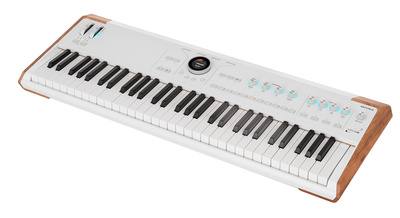
- Arturia AstroLab product page
Best Synths for the Stage: Moog Subsequent 37
The synths we’ve looked at so far have all been big polys: all singing, all dancing instruments with plenty of options. This one, however, has very few options. It does one thing and one thing well: fat analog tones. It’s the Moog Subsequent 37, and if your needs tend towards fat basses and leads, look no further.
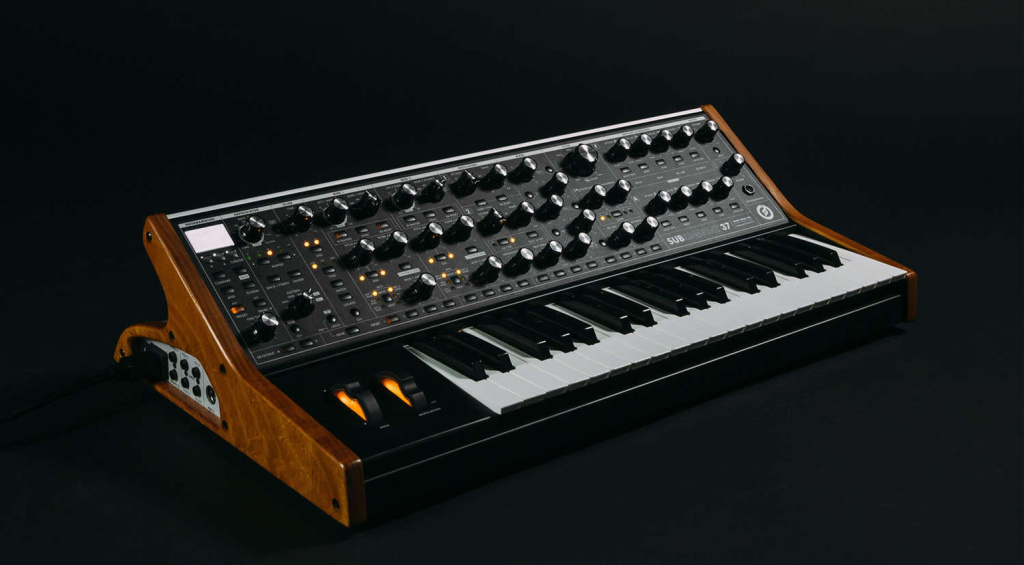
Consistently appearing on best synthesizer lists, the Subsequent 37 is a duophonic (two-note) analog synth with enough hands-on control to please even the fiddliest of synthesists. It also sounds incredible, with tons of headroom to get loud plus a wild Multidrive circuit for even more power and presence.
As the name suggests, this Subsequent has 37 keys, enough for one-handed bass and lead duties. If your wallet won’t allow it, there’s also the more diminutive Subsequent 25. Either way, you’re in bass face territory. Truly one of the best synths for the stage.

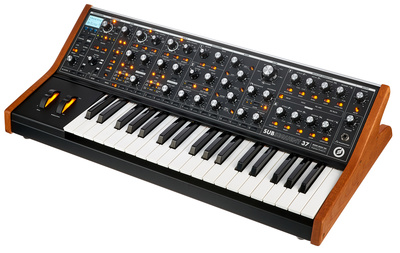

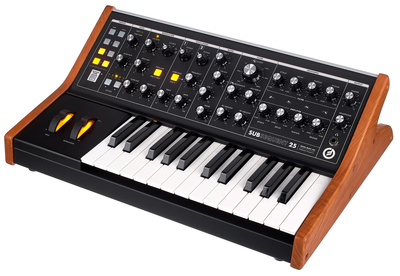
- Moog Subsequent 37 product page
Best Synths for the Stage: Behringer UB-Xa
Whenever I see bands with vintage synths on stage, I can’t help but be amazed. Old synths can be delicate, finicky divas. It’s a much better idea to take a modern recreation out on the road than have to pony up for a full-time tech to come along on tour as well.
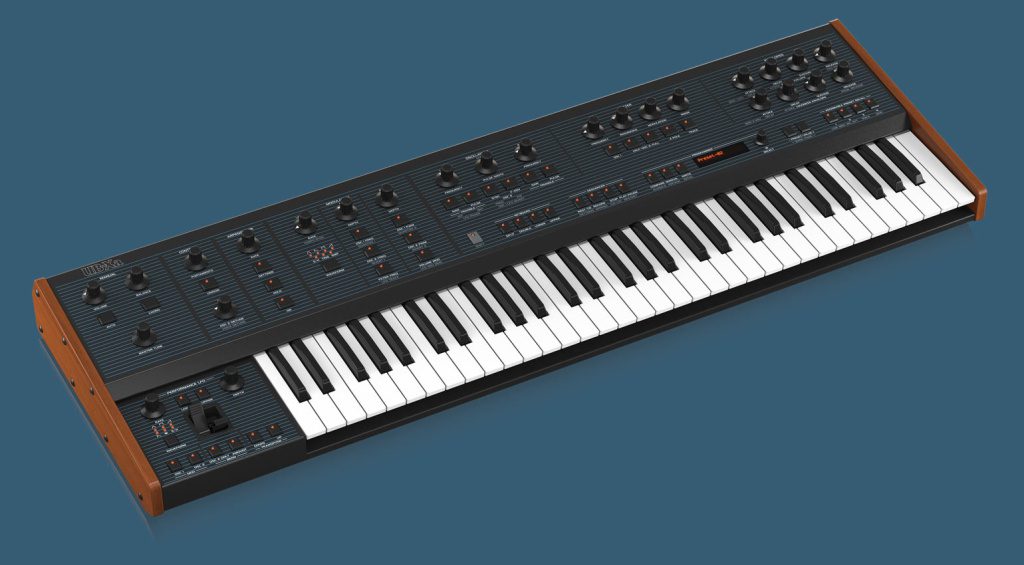
This is why you see so many Behringer synths as part of modern live rigs. And one of the company’s best is the UB-Xa. A recreation of the classic Oberheim OB-Xa, the UB-Xa takes the original circuit and runs with it, upping the polyphony to a generous 16 voices. The ability to split and layer makes it a great option for stage work. Throw in 61 full-size, semi-weighted keys and polyphonic aftertouch, and you’re ready for the limelight. Truly one of the best synths for the stage.
Of course, you could always pony up for an Oberheim OB-X8 but at that price, I’d be afraid to carry it out of the studio. Better to take the UB-Xa on the road and leave the Obie at home for lab work.

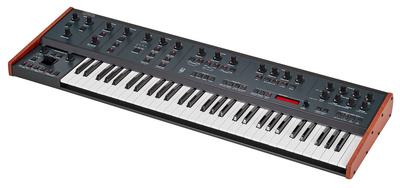
- Behringer UB-Xa product page
More Information
- All about synthesizers
*Note: This article contains advertising links that help us pay for this site. Don’t worry: the price for you will always be the same! If you buy something through these links, we will receive a small commission. Thank you for your support!
4 responses to “5 Best Synths for the Stage”

 4,2 / 5,0 |
4,2 / 5,0 | 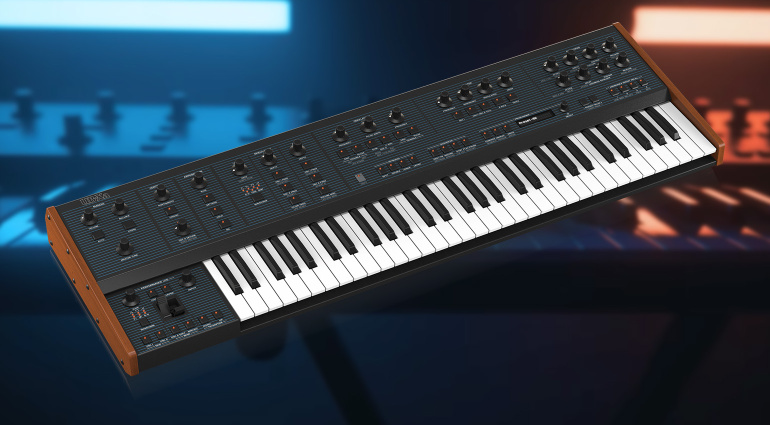


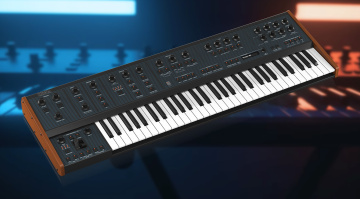

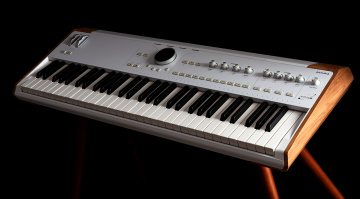
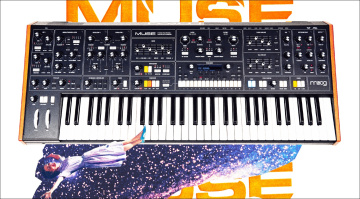
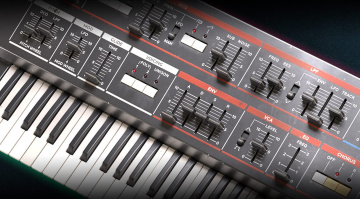
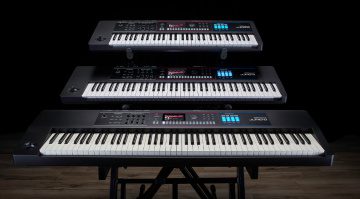

Unless you have a roadie at your beck and call, you don’t want to be gigging with a Rick Wakeman sized rig. From experience, you want a keyboard with at LEAST one split point, maybe even two. And that’s going to mean a keyboard big enough to give you a usable range for each side of the split. And THAT means at least a 76. In fact, for stage work mostly using synth sounds, you really don’t want a full weight piano type action, and that rules out most 88’s.
I find that, if you’re doing a mostly pop and rock type show, and able to set your splits up in advance, a single 76 will get the job done without breaking your back, requiring a van and taking hours to set up and break down (all things I had in the 70’s and 80’s!).
But a single 61 is going to really limit your options. And most likely end up with you needing two or three keyboards to gig well.
There are some great synths here. But no 76, no deal, at least for this gigging musician!
ooooh, couldn’t agree with you more. I’ve managed to get my hands on a Nord Piano5 (73key) and it’s split is just about spot on. For me anyway. However, that said, with all my other stuff in the studio, plus it’s fully weighted triple sensor keys, it weighs an absolute ton. So, I wouldn’t mind swapping it for something more…portable?
There are a lot of us performers out there that still need a piano that acts like a piano and an organ that acts like an organ. This is why I take the Yamaha CP88 and Arturia Astrolab to 90 percent of performances and the Moog and Nords stay at home most of the time.
My main issue with rigs like the CP88 underneath a 61 synth action is, with the plethora of controls on the surface of the CP88, you simply cannot get the two synths close to each other to move rapidly from one manual to the other.
My preference is a dumb 88 controller with a nice action on the bottom, and the 76 (or 61 if you prefer) workstation/arranger resting on it. For me, the gold standard is getting the actions almost B3 close together. This makes movement from one manual to the other as fast as it can be done.
Anything with any controls or displays on the bottom keyboard needs a foot or more between the actions, maybe 18” if you need to be able to read the display, or use a touchscreen interface.
Next thing you know, you’re hidden behind a tall rig and the audience is more focused on the gear than YOU..!